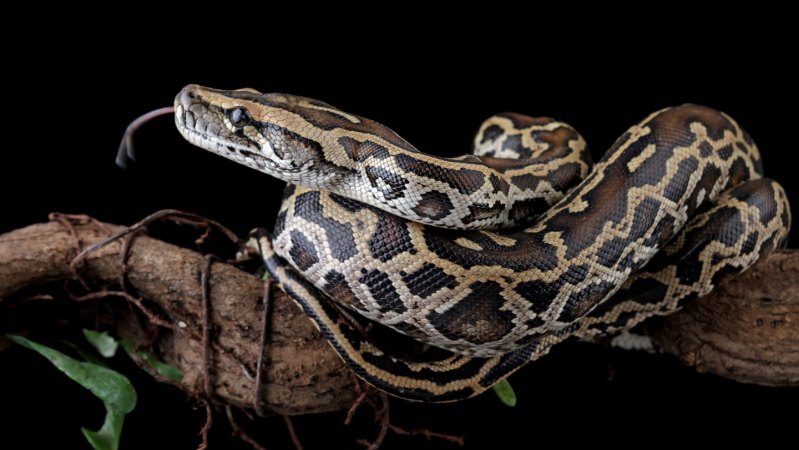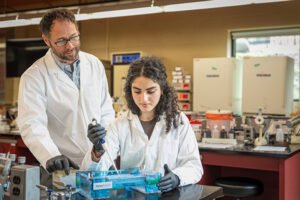
Research has unveiled a unique type of cell in pythons that aids in the digestion of their prey, specifically enabling these snakes to process and absorb the bones of animals they consume whole. This discovery could have implications for understanding similar digestive processes in other species that eat entire prey.
The study, conducted by scientists at the University of Utah, reveals that these specialized cells, identified as osteophages, play a crucial role in breaking down bone material. This adaptation allows pythons to extract essential nutrients from their meals, which is particularly important for their survival in environments where food intake can be sporadic.
Understanding the Mechanism
The research, published in the Journal of Experimental Biology in March 2024, highlights how osteophages function differently compared to typical digestive cells. These cells not only help in the breakdown of bone but also facilitate the absorption of calcium and phosphorus, vital minerals for the snake’s metabolism and overall health.
Lead researcher Dr. James W. Smith explains, “This adaptation is remarkable, showcasing how evolution shapes the digestive strategies of animals. It opens up new avenues for studying how other species might have similar adaptations.” This insight suggests that osteophages could potentially be found in other animals that consume their prey whole, which broadens the scope of future research in evolutionary biology.
Field observations indicate that pythons, which can consume prey significantly larger than their own body size, rely heavily on this specialized digestion process. This ability not only enhances their nutritional intake but also reduces waste, a critical factor in their ecological niche.
Broader Implications for Animal Physiology
The implications of this discovery extend beyond pythons. By documenting the presence and function of osteophages, researchers aim to explore whether similar adaptations exist in other reptiles or even among mammals that exhibit similar feeding behaviors.
The study’s findings could influence how scientists approach animal physiology and evolutionary biology. Understanding these unique cells can lead to deeper insights into dietary adaptations and the evolutionary pressures that shape the survival strategies of various species.
As researchers continue to investigate these cells, they may uncover more about the complex interactions between diet, physiology, and environment. The discovery of osteophages in pythons stands as a testament to the intricate processes of evolution and adaptation, providing a fascinating glimpse into the lives of these remarkable reptiles.







